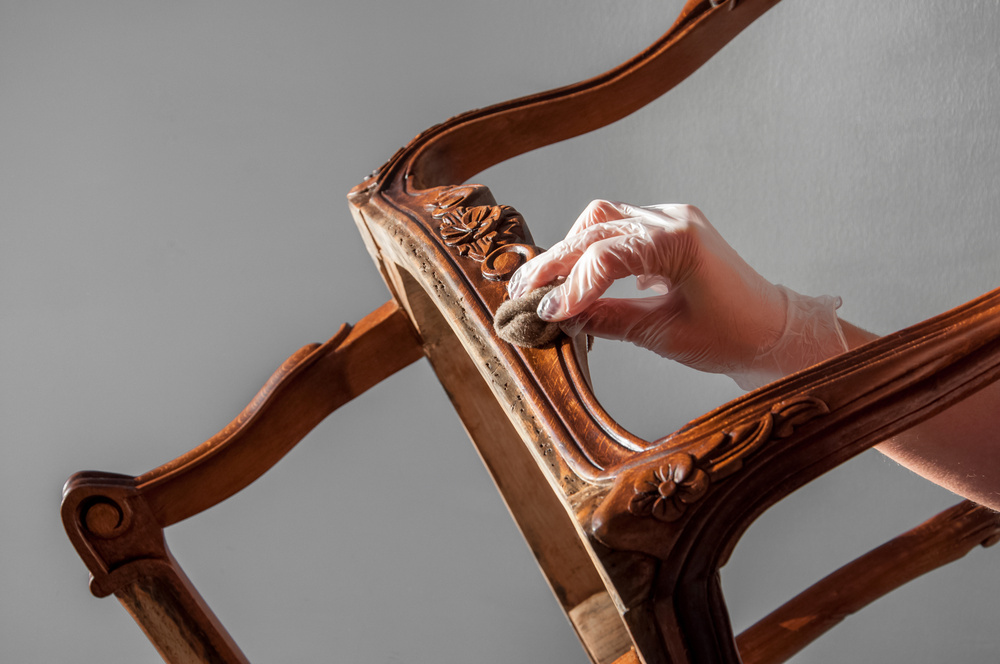You’ve most likely invested in your home by purchasing furniture. This may include your bed, couch, dining table, and chairs. When acquiring these items, you expect them to serve you for years. However, it’s not always the case. The furniture will likely get damaged; a joint could become loose, or its fabric could tear.
As a result, there’s a need for repair. In most cases, you can handle these repairs independently as a DIY. However, you’ll only succeed with your repairs if you approach them correctly. So, you might wonder: what is the right way?
This article will help answer this by discussing important things you should know about furniture repair as a DIYer. Below are some of them:
The Tools You Need
Tools are the number one essential thing you must have for a successful repair. There are many tools used in furniture repair, and you want to acquire them before starting your project. Some common ones are nails, hammers, stains, fabric, screws, sandpaper, wood glue, wood filler, and hot melt adhesives.
Most DIYers would tell you that having hot melt adhesives is a must. They’re glue sticks that are designed to be applied using a hot gun. To learn more about hot melt adhesives, you can visit https://www.hotmelt.com/collections/bulk-hot-melt.
The choice of tools depends on the repair you want to do. Therefore, consider searching online for the tools you require for the procedure. Alternatively, seek assistance from the attendant at your local hardware store. They’re likely knowledgeable of the tools they sell, and they’ll advise you accordingly.
Types Of Furniture Repair
Furniture repair can be minimal or extensive, depending on the damage. However, besides the surface damage you want to address, you might also find underlying issues. It’s crucial to address them before proceeding. Otherwise, it might bring problems in the future, taking you back to square one.
In conjunction with this, it’s crucial to know the different furniture repairs procedure. This will be helpful, especially if you don’t know which one you might need depending on the circumstances. Also, it’s the only way to know how to repair your damaged furniture properly.
The repairs can involve French polishing, caning, stitching, removing dents, parts re-assembling, and dyeing, among others. As you identify the different furniture repair techniques, it’s crucial to know how to execute each. Make Google your friend. Learning the procedure will ensure you handle the repair correctly and don’t do a substandard job.
Safety Precautions
Safety is paramount when handling DIY projects. You want to protect your well-being and avoid ending up in the hospital. On the other hand, furniture repairs vary widely. Some require varnishing and staining, which involves using chemicals.
Prolonged exposure to chemicals can cause headaches and, in extreme cases, fainting. Be sure to work in a well-ventilated room; your garage is an ideal space. Wearing a face mask will also come in handy.
Wear thick working gloves if you need to hit a few nails or screws. They’ll prevent you from getting hurt should you accidentally hit your hand with a hammer. Plus, a nail won’t drive through your skin easily.
Also, it would help to read the manual or warnings of any items you’ll use for the repair. Manufacturers tend to leave warnings. So, adhere to them accordingly.
Functions And Mechanisms
Although furniture tends to serve similar purposes, they often differ regarding working mechanisms and materials. As stated earlier, repairs can be extensive, which might require you to dismantle a few things. Dismantling and re-assembly require adequate knowledge of your furniture.
Without the proper knowledge, you could worsen the problem or solve one issue while creating another. Therefore, ensure you know where all the joints are, their various parts, and their working mechanism. Understanding how the operating mechanism works is crucial for modern furniture with advanced technology, like reclining sofas.

Know When To Hire A Professional
Even as you do the furniture repairs as a DIY project, it’s important to acknowledge you might need help. You could get stuck executing a procedure or lack time to finish the repairs once you’ve started. During such times, it’s best to seek professional furniture repair services.
It’s best to seek professional services if you lack the essential tools for the procedure. A professional repair specialist will have all the necessary and proper tools for the task. They know where to source them, unlike you, who solely rely on your local store.
Associated Costs
It would help to have funds to execute your furniture repair project. The amount you require depends on the extent of damage you’re handling and the tools you need. So, before starting a project, find out how much it’ll cost you.
For example, if you want to restore your wooden table, you’ll need staining products, brushes, etc. Find out the entire list and allocate the costs. With the amount at hand, ensure you get the funds from the onset.
You don’t want to start your repairs only to stop halfway due to a lack of money. Besides being inconvenient, you can decide to forego the entire project wasting the resources you’ve already spent.
Suppose the cost seems high compared to your budget. You can reduce the amount you’ll spend by choosing affordable materials and tools for the job. However, don’t forego quality; choose the best tools for your budget.
Conclusion
Furniture repair is a project you can easily execute as a DIY with the proper guidance. The discussion above has shown what you ought to know as you do these repairs. It’s in your best interest that you implement them. It’ll ensure a successful process while providing you with safety.






